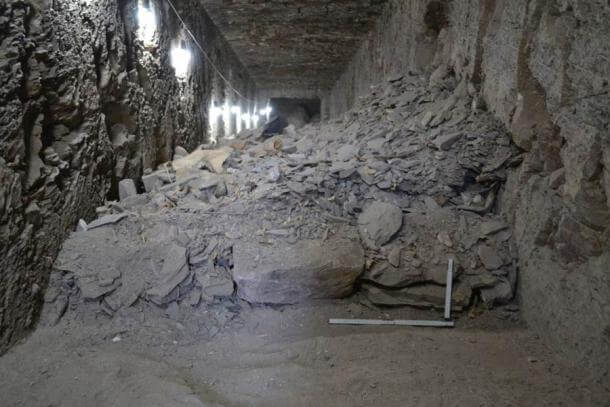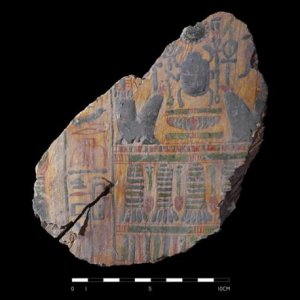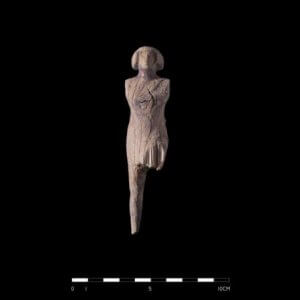
Artifacts in the Temple of Hatshepsut
 01. 12. 2021
01. 12. 2021

As Polish archaeologists supported the ceiling of the tomb, they realized that an unknown object lay beneath their feet. Upon closer inspection, it turned out that it was a treasury, which was probably part of the temple dump. They inadvertently discovered an ancient treasure - among the broken ancient objects they also dug hundreds of gifts for the goddess Hathor.

A view of the rubble and rubbish discovered in the tomb below the Temple of Hatshepsut, where all the figurines of the goddess Hathor were discovered.
In 1961, Polish Professor Kazimierz Michalowskit led the first of an archaeological expedition to save the Hatshepsut Temple. This temple is located opposite the city of Luxor on the east bank of the Nile on the site of ancient Thebes. This architectural marvel of the ancient world was built during the reign of Pharaoh Hatshepsut of the 18th Egyptian dynasty. The reign of the pharaoh Hapshepsut dynasty lasted from 1550/1549 to 1292 BC.
Excavation of the chapel of the goddess Hathor
Now a group of Polish archaeologists has discovered a 3500-year-old landfill. In it, they discovered carved female figurines and other gifts for the goddess Hathor. The goddess was most often depicted as a cow or a lady with cow ears - Hathor has always been a patroness of women, fertility and emotions.
The Archaeonews report lists hundreds of artifacts: "mugs, ceramic flasks with a breast motif, painted plates and bowls with plant motifs." While these symbolic objects may not seem to be related at first glance, they each reflect the idea of being reborn from the Land of the Dead. The donations are believed to have been left in place by locals seeking protection from Hathor.
The son or wife of Pharaoh Mentuhotep II?
Dr. Patryk Chudzik from the Polish Center for Archeology at the University of Warsaw was the chief archaeologist at the recent excavations at the Hatshepsut Temple. He told the Polish media that his team was "afraid" that their excavation could cause the tomb's ceiling to collapse. Discovered objects from the early Middle Kingdom proved that the archaeological layer was about 500 years older than the Temple of Hatshepsut, but most of the discovered objects date from the New Kingdom period.
Among the discoveries, a wooden figure of a male figure was also discovered, which is believed to represent the person for whom the tomb was built. Dr. Chudzik said of this man that he was "a person closely related to Pharaoh Mentuhotep II. - perhaps his son or wife '.
- Archaeologists have discovered this wooden figurine, which they said may have been the owner of the tomb.
At present, archaeologists have no idea why so many statues of the goddess Hathor were placed in this tomb. Dr. However, Patryk Chudzik believes that the objects were placed here by the temple administrator. The explanation is simple. People brought so many gifts to the temple that it was necessary to clean the gifts in one place.
Esene Suenee Universe
Aroma composition: Healthy family during the cold
A mixture of oils that helps with colds and flu. Contributes to improved immunity (lemon, lemongrass, thyme).
During the flu season: We recommend applying a few drops to a coat or scarf to increase your protection against infection (does not leave stains - these are 100% natural essential oils)





 6
6


